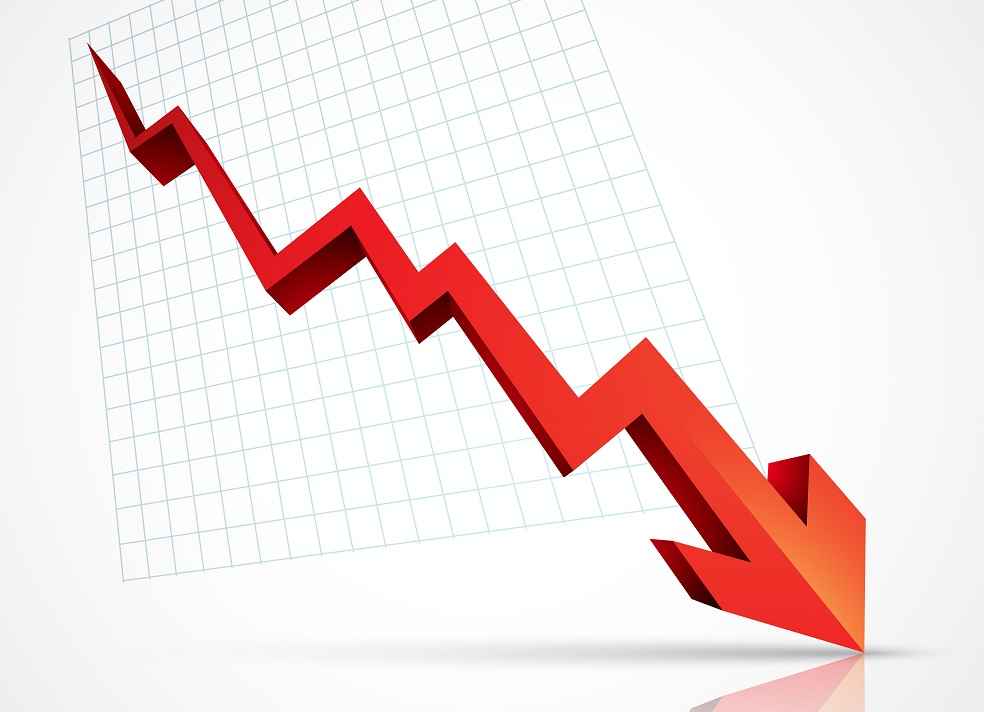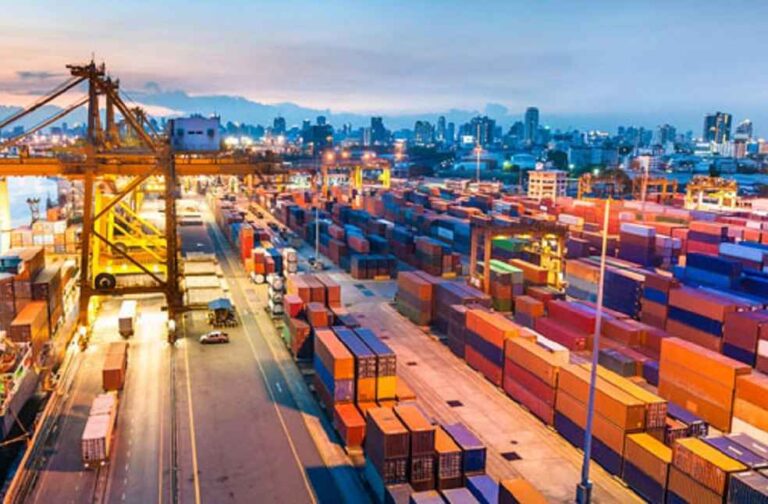The Philippines is encountering major hurdles in its global trade, with June’s data showing a contraction in total external trade and a widening trade deficit. Country’s Statistics Authority (PSA) reports that the Philippines’ trade in goods totaled $15.44 billion in June, down 11.3 percent from $17.4 billion a year earlier.
This marks a continuation of a downward trend, following a 0.5 percent decrease in May and a 9.7 percent decline the previous June. Of the total trade in June 2024, 63.9 percent were imports, underscoring the country’s dependency on foreign goods.
June’s exports reached $5.57 billion, a significant drop from $6.73 billion in June 2023. Imports fell to $9.87 billion from $10.67 billion over the same period. This shift resulted in a trade deficit of $4.3 billion, a 9.3 percent increase from the previous year.

Electronic products dominated the export sector, generating $2.99 billion, or 53.7 percent of total exports. Manufactured goods followed with an export value of $285.56 million, and other mineral products at $252.03 million.
On the import front, electronics led with $2.23 billion, representing 22.6 percent of total imports. Mineral fuels, lubricants, and related materials were the second-largest import category at $1.57 billion, followed by transport equipment at $787.92 million.
The United States remained the largest export market, with shipments totaling $897.8 million, or 16.1 percent of total exports in June. Hong Kong followed with $886.64 million, China with $868.44 million, Japan with $746.97 million, and Korea with $240.26 million.

China was the top source of imports, providing goods valued at $2.6 billion, or 26.3 percent of total imports in June. Other significant import sources included Indonesia ($861.69 million), Japan ($763.2 million), Korea ($715.14 million), and the United States ($658 million).
The decline in the Philippines’ external trade and the expanding trade deficit reflect broader global economic challenges, including disruptions in supply chains, fluctuating demand, and geopolitical tensions. These trends in the Philippines could impact regional and international markets due to its role in global trade networks.
The reliance on electronics for both exports and imports highlights the importance of technology and manufacturing sectors to the Philippine economy. Yet, the persistent trade imbalance signals the necessity for strategic measures to boost export performance and reduce import dependency.
IMEX SECTOR | Australia Sets Record with 130,000 Tonnes of Beef Exports in July



